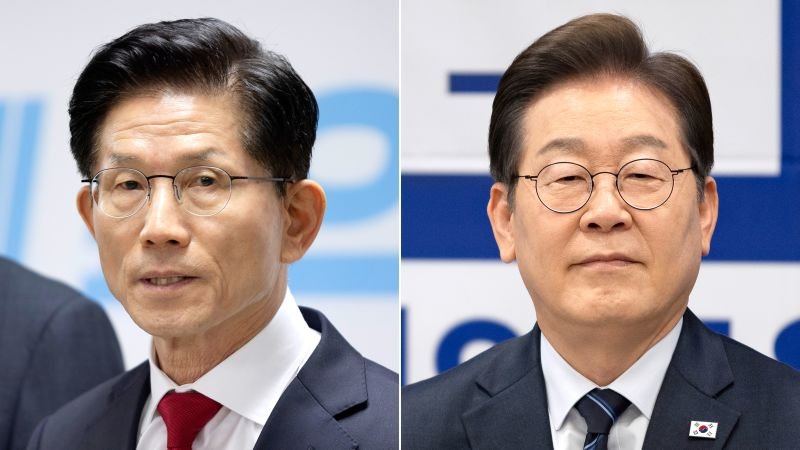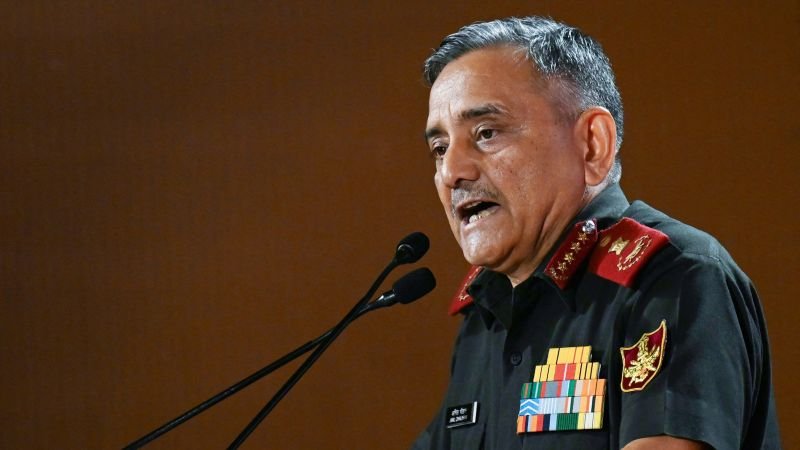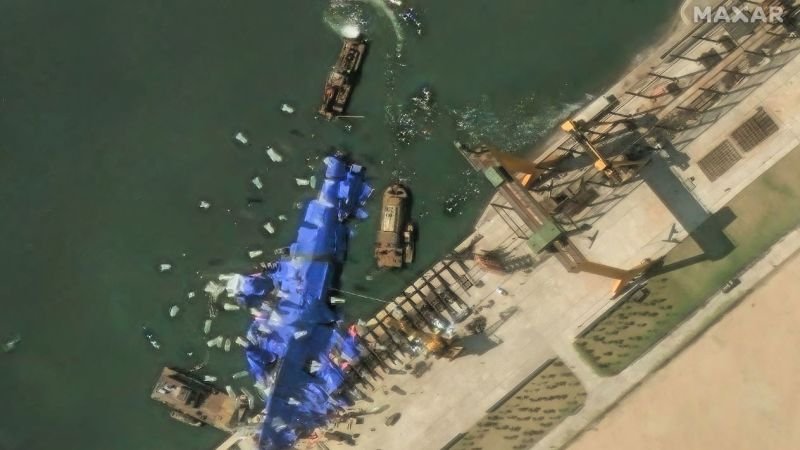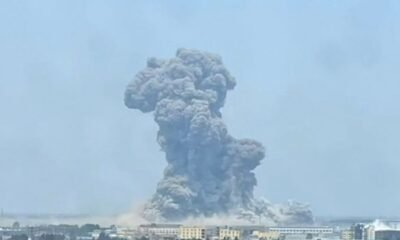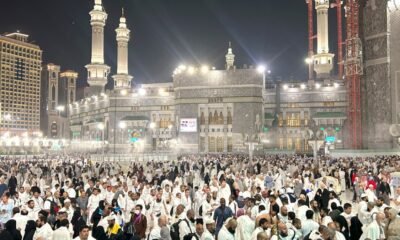CNN
—
In the southern Philippine city of Davao, a spirited mayoral election campaign is in full swing, with candidates and their supporters out canvassing for votes.
But one of the leading contenders is conspicuously absent from the stump. Instead he’s 7,000 miles away, languishing in the custody of the International Criminal Court (ICC) in the Netherlands.
Former Philippine President Rodrigo Duterte is awaiting trial at The Hague for crimes against humanity, over a brutal war on drug dealers that killed possibly thousands of people, including many innocents and bystanders, with barely any kind of due process.
None of this affects the 80-year-old’s eligibility for the role of mayor of Davao – a job he held, on and off, for two decades. Under Philippine election law, only a criminal conviction in a local court can keep a candidate off the ballot.
Duterte could well win Monday’s election, thanks to his enduring popularity in the region, where many credit his two-decade iron grip with tightening up law and order, before he took his brutal zero-tolerance policy nationwide as president from 2016 to 2022.
“I grew up here all my life and when I was younger it was very dangerous, killings and fighting everywhere,” said Ian Baldoza, 46, a native of Davao who remains a loyal Duterte supporter.
“But as I grew older, I started to understand that those who were killed were drug addicts, dealers and troublemakers.”
He praised Duterte for improving public safety, building infrastructure and strengthening law enforcement in the city of 1.8 million people, telling CNN: “You never see people spit on the street or leave trash behind, unlike in other cities.”

Many Davao voters feel similarly, said Cleve Arguelles, a political scientist and head of polling firm WR Numero.
“His ICC arrest doesn’t really shake their core of who Duterte is but rather, paradoxically, it only reinforces what Duterte stands for,” he said.
Baldoza, the Duterte voter, said he witnessed neighbors killed by hitmen under Duterte’s drug war, yet his Facebook profile is full of pro-Duterte posts.
“We’re not looking for a saint, we’re looking for a leader with political will, and the Duterte family has that, especially in the patriarch,” he said.
While he has not commented publicly on the race, Duterte’s daughter Sara, the Philippine vice president, thanked supporters on her father’s behalf at a rally on Thursday.
“President Rodrigo Duterte thanks you all for your love, your continued support, and your prayers that he will one day be brought back to our country,” she told a crowd in the capital Manila, under heavy rain.
Thousands of local posts are up for grabs in the midterm elections across the archipelago nation of about 120 million people, ranging from district councilors and mayors all the way up to legislators.

Three generations of the Duterte clan are fighting elections. Duterte’s son Sebastian, the incumbent Davao mayor, will be his father’s running mate, while his other son, Paolo, is seeking re-election to the national congress. Two of Paolo’s sons are running for local council seats.
While his popularity seems impervious to decline, Duterte is not politically immortal. His old age and frail health also raise questions on the succession for the dynasty, which has not been as solid as it once was, said Ramon Beleno, a political analyst and former professor from Ateneo de Davao University, who has observed elections in the Duterte clan’s bailiwick for more than a decade.
“The people of Davao have this perspective that a political dynasty is OK if it’s working,” Beleno said.
“But it’s only working as long as the patriarch, the person who established the political dynasty, is still strong.”
Opposition camps, in the elder Duterte’s absence from the country, are re-emerging across Davao, according to Beleno.
Among them are descendants of the late former national House speaker Prospero Nograles, reigniting a decades-old family rivalry that typifies the nation’s clan-tinged politics.
Karlo Nograles is running against Rodrigo Duterte for the mayoralty while his sister, Margarita, a lawyer and rising TikTok influencer, is challenging Paolo.
Scandal-hit political dynasty
And cracks in the Duterte family name are beginning to show.
Vice President Sara Duterte is in a long-running feud with President Ferdinand Marcos Jr., and faces calls for her impeachment for alleged corruption, which she denies.
“In the past months my name and my family name has been dragged through the mud,” she said at the recent rally.
“I have repeatedly said this before, and I will say it again now – I am not the problem of this country. The Dutertes are not the problem of the Philippines,” she said, in a vailed dig at the incumbent Marcos administration, the family’s allies turned enemies.
Marcos Jr. hails from perhaps the most famous political family in the nation – he is the son of the late Philippine dictator Ferdinand E. Marcos.
Paolo Duterte and his bodyguards were recently embroiled in a nightclub brawl, prompting a businessman to file a complaint against him. He said in a video statement that the clip of the melee circulating on social media was “taken a very long time ago.”
If Duterte wins the mayoral election, he can still be sworn in by proxy or in absentia – possibly by a Zoom call, if the ICC allows it, according to political scientist and pollster Arguelles. His day-to-day duties would be delegated to the vice mayor.
But if Rodrigo Duterte is not allowed to be sworn in virtually, the runner-up – projected to be Karlo Nograles – would ascend to the seat.
Duterte ran the Philippines for six turbulent years, during which his brutal crackdown on drugs – which he openly boasted about – killed many young men from impoverished shanty towns, shot by police and rogue gunmen.
According to police data, 6,000 people were killed – but rights groups say the death toll could be as high as 30,000.
Duterte’s tough approach on drugs prompted strong criticism from opposition lawmakers who launched a probe into the killings. Duterte in turn jailed his fiercest opponent and accused some news media and rights activists as traitors and conspirators.
The ICC has set his next hearing for September 23.


